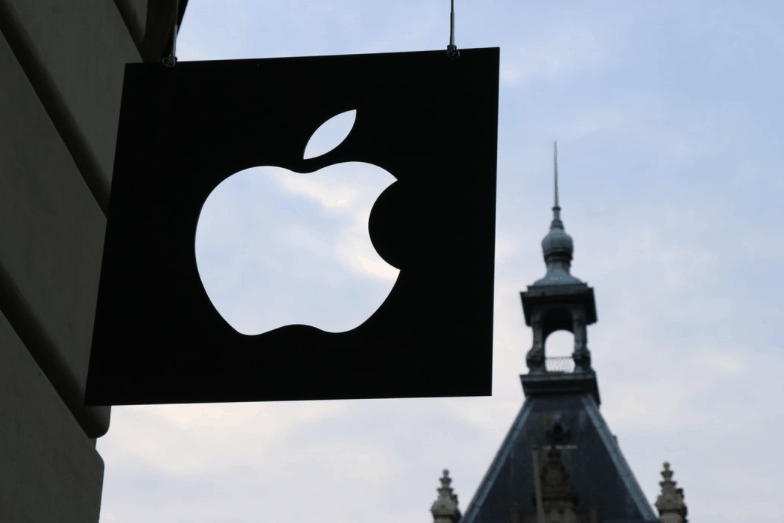Mackenzie Bouverat is a student at Harvard Law School.
The Washington Post has reported that according to two unnamed congressional staffers, Apple lobbyists are trying to weaken the Uyghur Forced Labor Prevention Act. The Act requires U.S. companies to certify to the Securities and Exchange Commission that they do not use imprisoned or coerced workers from the predominantly Muslim region of Xinjiang, where the Chinese government is allegedly detaining an estimated one to two million Uyghers in internment camps. Apple’s lobbying firm, Fierce Government Relations, has confirmed that it was lobbying on the bill on behalf of Apple, but did not indicate whether Apple supported or opposed its measures. The staffers declined to supply more information about the specific provisions which Apple was lobbying to change or omit. The bill names Patagonia, Coca-Cola and Costco as examples of U.S. companies who rely on Uygher slaves, but does not name Apple. Still, report from the Australian Strategic Policy Institute identified four instances in which labor from the Xinjiang region may have been connected to Apple’s supply chain.
Over 4,200 West Virginian workers in West Virginia have committed to a three and a half year contract with Kroger Co.. The workers previously voted “overwhelmingly” in favor of striking, after the company proposed a contract which severely limited spending on the workers’ health care plan. While details of the revised contract are not yet available, but United Food and Commercial Workers International Union Local 400 said it “fully funded” health benefits during its term and provided “real raises” for all workers retroactive to Nov. 1. The agreement runs for three and a half years and covers employees at 40 stores in West Virginia.
Kathryn A. Edwards of The Dallas Morning News opines that the pandemic-related spike in unemployment rates has so disproportionately affected women that the conditions would most accurately be referred to as a “she-cession.” Indeed, per the U.S. Bureau of Labor Statistics, there were 2.2 million fewer women in the labor force in October 2020 than there were in October 2019. Edwards attributes this gender disparity to the closure of schools (or the danger of schools), and a lack of state-supported childcare: “caregiving demands are pushing millions of women out of the workforce.” Given the recent surge in cases, Edwards does not expect the mitigation of this trend in the near future.






Daily News & Commentary
Start your day with our roundup of the latest labor developments. See all
April 18
Disneyland performers file petition for unionization and union elections begin at Volkswagen plant in Tennessee.
April 18
In today’s Tech@Work, a regulation-of-algorithms-in-hiring blitz: Mass. AG issues advisory clarifying how state laws apply to AI decisionmaking tools; and British union TUC launches campaign for new law to regulate the use of AI at work.
April 17
Southern governors oppose UAW organizing in their states; Florida bans local heat protections for workers; Google employees occupy company offices to protest contracts with the Israeli government
April 16
EEOC publishes final regulation implementing the Pregnant Workers Fairness Act, Volkswagen workers in Tennessee gear up for a union election, and the First Circuit revives the Whole Foods case over BLM masks.
April 15
The Supreme Court ruled in favor of bakery delivery drivers in an exemption from mandatory arbitration case; A Teamsters Local ends its 18-month strike by accepting settlement payments and agreeing to dissolve
April 14
SAG-AFTRA wins AI protections; DeSantis signs Florida bill preempting local employment regulation; NLRB judge says Whole Foods subpoenas violate federal labor law.